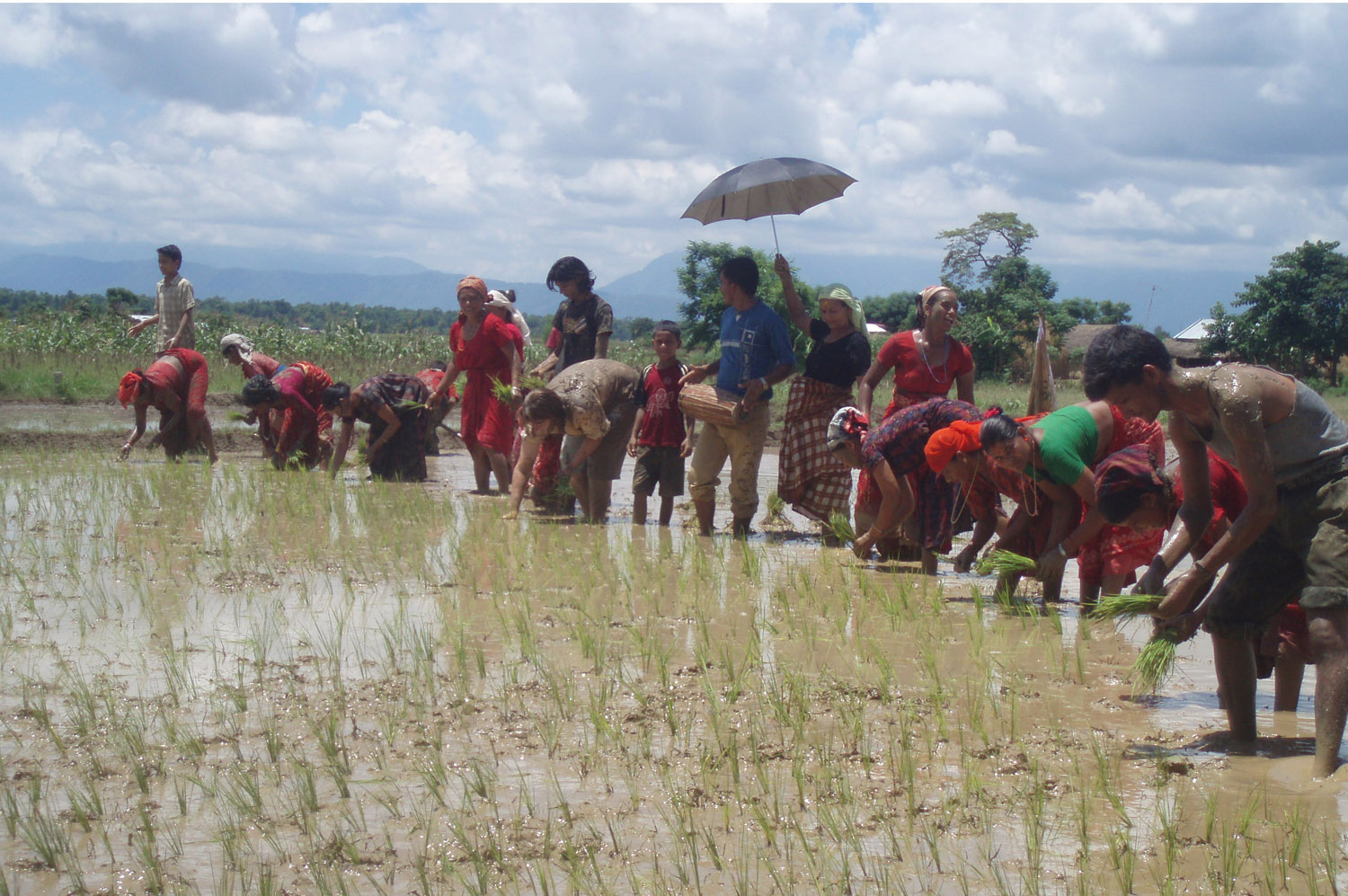Today, dogs are being honored all over
the country for their sincere service to mankind. They are seen strutting on
the street with tika, vermilion
powder, on their forehead and flower garland on their neck, and the belly, that
was empty previous day, now full of delicacies. Dogs might have wondering 'what
went wrong with Nepalis that their heart suddenly filled with love and respect
for us?'
Tihar, the festival of lights, is celebrated in Nepal for five days worshipping not only human and the Gods, but also animals like crow, dog and cow. Each day has its significance as the first day, also known as 'Kag Tihar', is observed by worshipping crows and offering them delicious meals. Crows are considered as the messenger of the Yama, Lord of Death. It is believed that their cawing would bring sadness and grief to the family. So they are worshipped to keep the sadness at bay.
Tihar, the festival of lights, is celebrated in Nepal for five days worshipping not only human and the Gods, but also animals like crow, dog and cow. Each day has its significance as the first day, also known as 'Kag Tihar', is observed by worshipping crows and offering them delicious meals. Crows are considered as the messenger of the Yama, Lord of Death. It is believed that their cawing would bring sadness and grief to the family. So they are worshipped to keep the sadness at bay.








